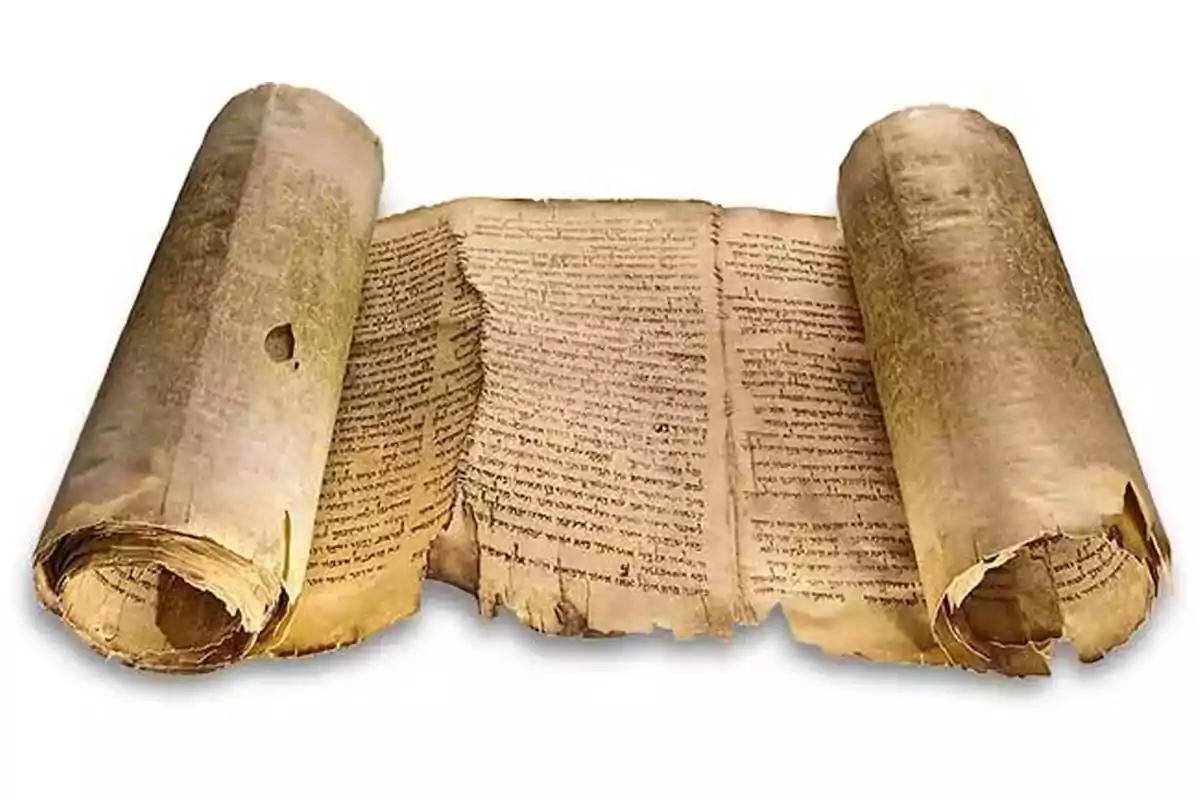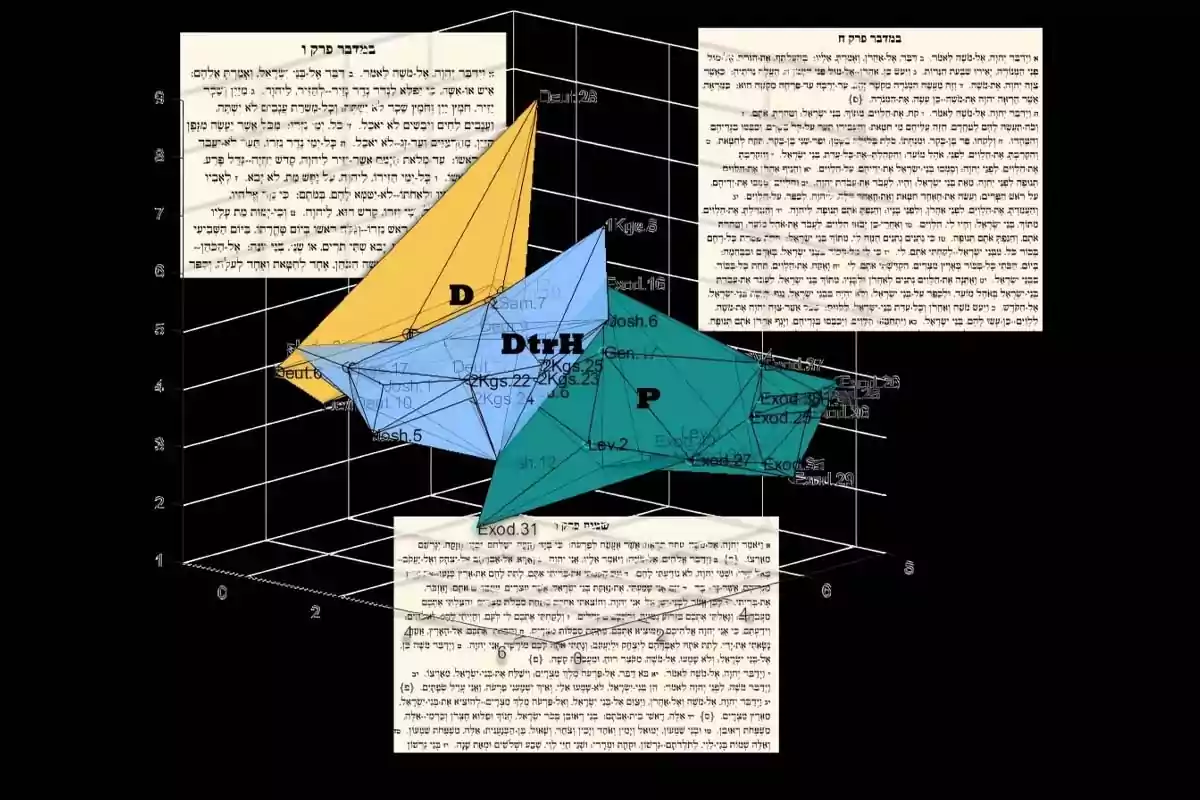
AI analyzed the Bible and discovered more than one author in its earliest texts
An AI algorithm analyzed the Old Testament and found at least three distinct writing styles
A group of researchers applied Artificial Intelligence to the analysis of the Old Testament and reached a conclusion: The Bible was not written by a single person. The algorithm detected at least three different writing styles in its first books.
The study was published in the scientific journal PloS One and combined classical philological methods with automated statistical analysis. The results support hypotheses held by many specialists, but with new quantitative evidence.

What did they investigate and how did they do it?
The team combined the expertise of academics from the U.S., Israel, and France with backgrounds in mathematics, statistics, philology, and Biblical studies. AI made it possible to study in detail the frequencies of words, synonyms, and repeated phrases.
The objective was to determine who wrote different passages of the Old Testament. To achieve this, the algorithm processed enormous volumes of text and detected patterns that are difficult to identify at first glance.
Analysis results
- In 84% of cases, the algorithm matched the attributions made by Biblical experts.
- It confirmed that Deuteronomy and the historical books are more similar to each other than to the priestly texts.
- It detected differences in authorship between two accounts of the Ark in the Books of Samuel, which until now were believed to be part of the same narrative.

What did the study say about Genesis and the Book of Esther?
The algorithm also analyzed more debated passages, such as some chapters about Abraham in Genesis and the Book of Esther. In both cases, it determined that they do not match any of the three main styles.
This reinforces the idea that those texts may have been written later or by authors from different traditions.
Why is this finding important?
Tradition holds that Moses wrote the first five books of the Old Testament. However, this study provides evidence that it was a collective and progressive work, developed over centuries.
More posts: